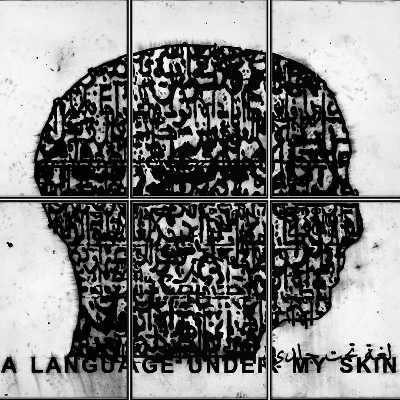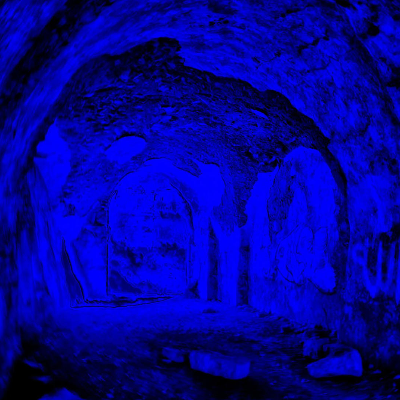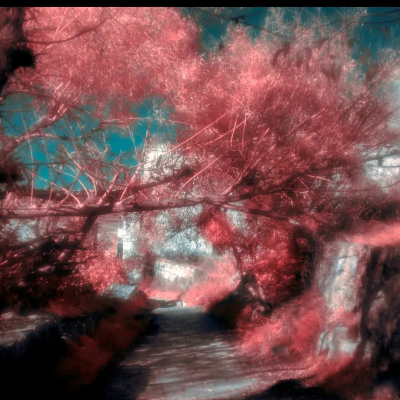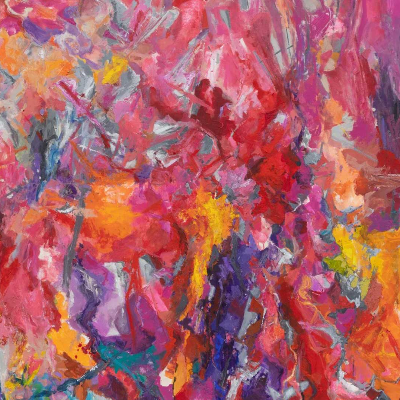For the 17th Edition of Art Dubai, we are delighted to return with works by Safwan Dahoul, Sadik Kwaish Alfraji, Rula Halawani, Ali Kaaf and Kais Salman.
Kais Salman’s new body of work moves further towards abstraction from his notable figuration. The disfigured faces can still be found within the colourful layers, however now the focus is on the energy projecting through his expressive brushstrokes and the unfolding compositions. The Dream series by Safwan Dahoul embraces a monochromatic minimalism, exploring the physical and psychological effects of alienation and solitude. The artist embraces his dreams in all their beauty, chaos, and nuances. Some are disconcerting nightmares of unsettled beings, while others are dreams of a perpetual longing for Safwan’s homeland. Partly autobiographical, this seminal body of work encloses feelings and emotions within each canvas while emanating through space nonetheless.
On the other hand, while Rula Halawani’s artworks maintain a minimal palette; they feature vibrant blues and reds. The infrared photographs, empty of living beings, reflect a melancholic dreamlike state. Widely respected for her experimental approach to documentary photography, Halawani’s work details the Israeli occupation of Palestine from the vantage point of fading recollection. With the formal innovation of the series, the feelings of loss that she describes mirror the transitory nature of life and the sense of alienation that is experienced by Palestinians as families continue to be internally and externally displaced.
Through the black and white artworks, Sadik explores the complexities inherent in the question of whether language is merely a tool for communication, or does it also shape us. He explores the elements that form language, whether it is words, images, phonetics, symbols, intonations or gestures. We are born into worlds, environments, and circumstances that are outside of our control - we are born into language. The languages we speak impact how we think about and interact with, our environments. They influence our thought processes, feelings, and perception of time and space. Alfraji’s work echoes the notions of the body as language, a carrier of shapes and meaning.
Ali Kaaf’s ‘Helmets’ are inspired by ancient war helmets. These relics of fighters from different times represent cultures that used to fight each other. Now the relics are captured in the cabinet together. They are a strong symbol of the oscillation between good and bad in history. Like death masks, helmets refer to what no longer is: the heads that used to wear them. The shell, this remnant of man, despite all cultural differences in shape, colour, and material, reveals what humans have in common: vulnerability.
Read more +
Read less -







 Sign in with email
Sign in with email









